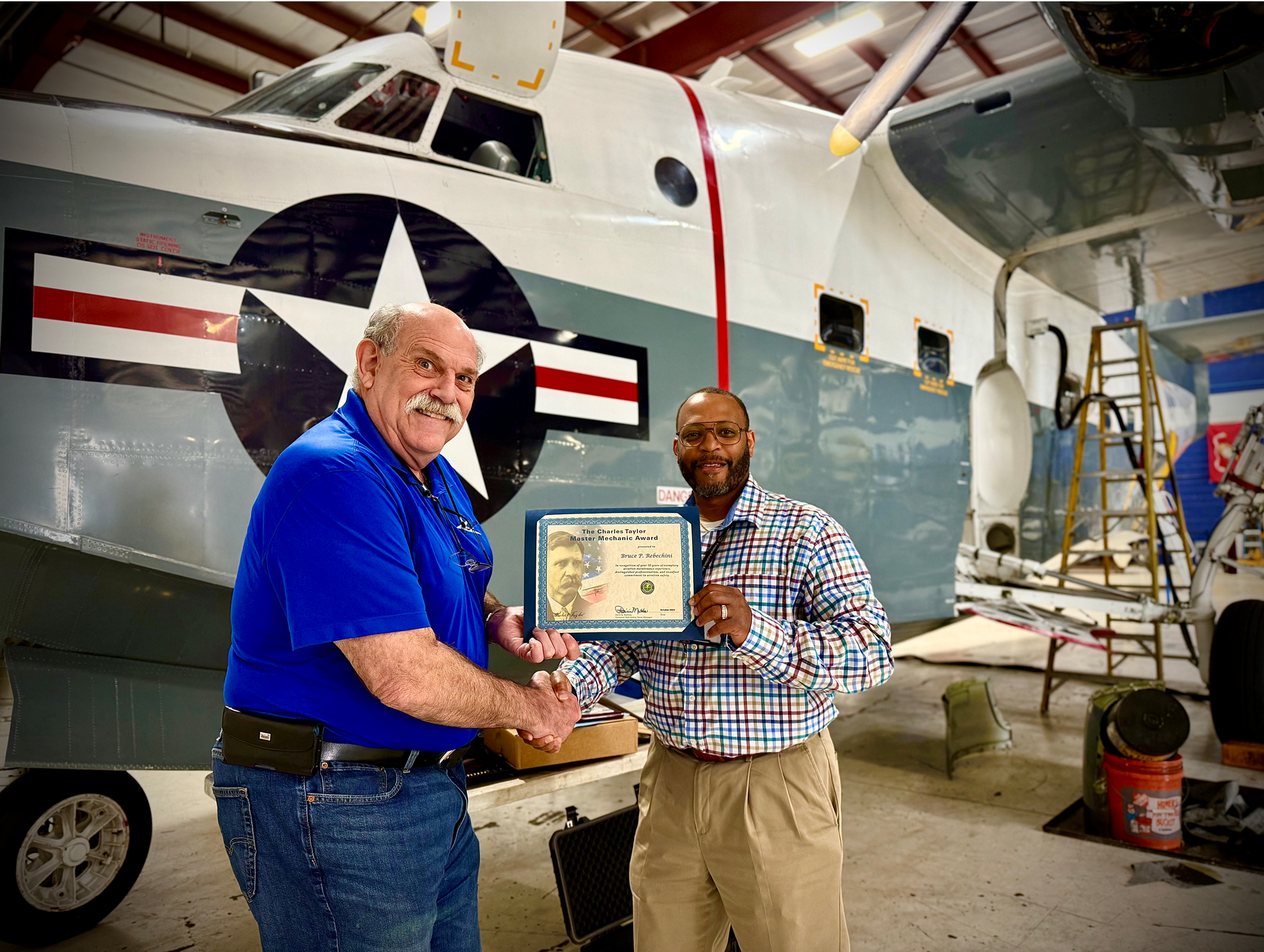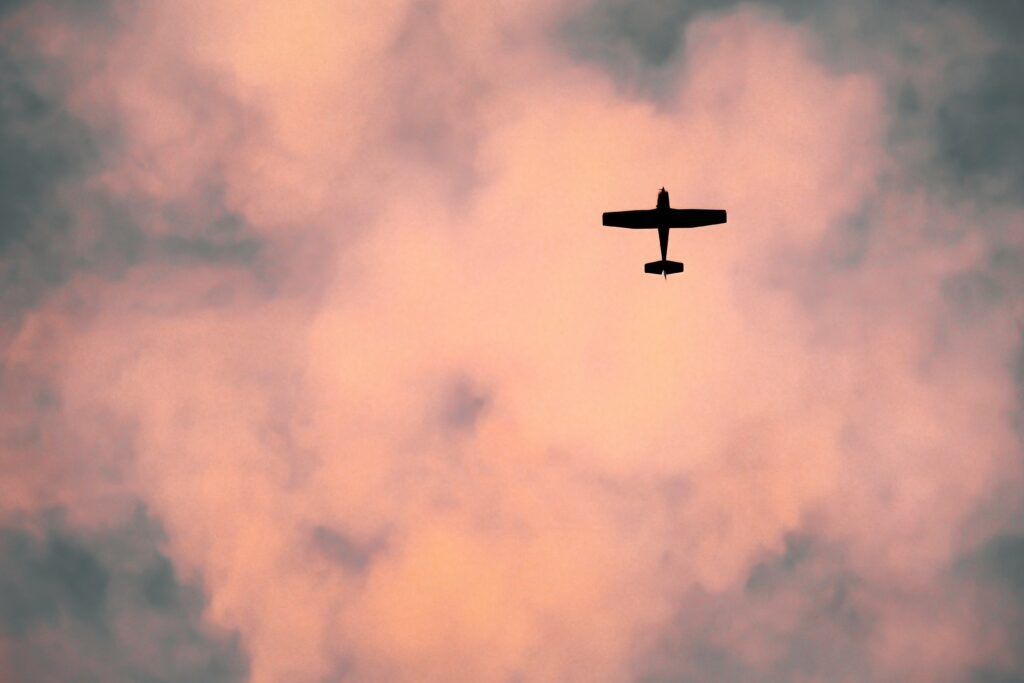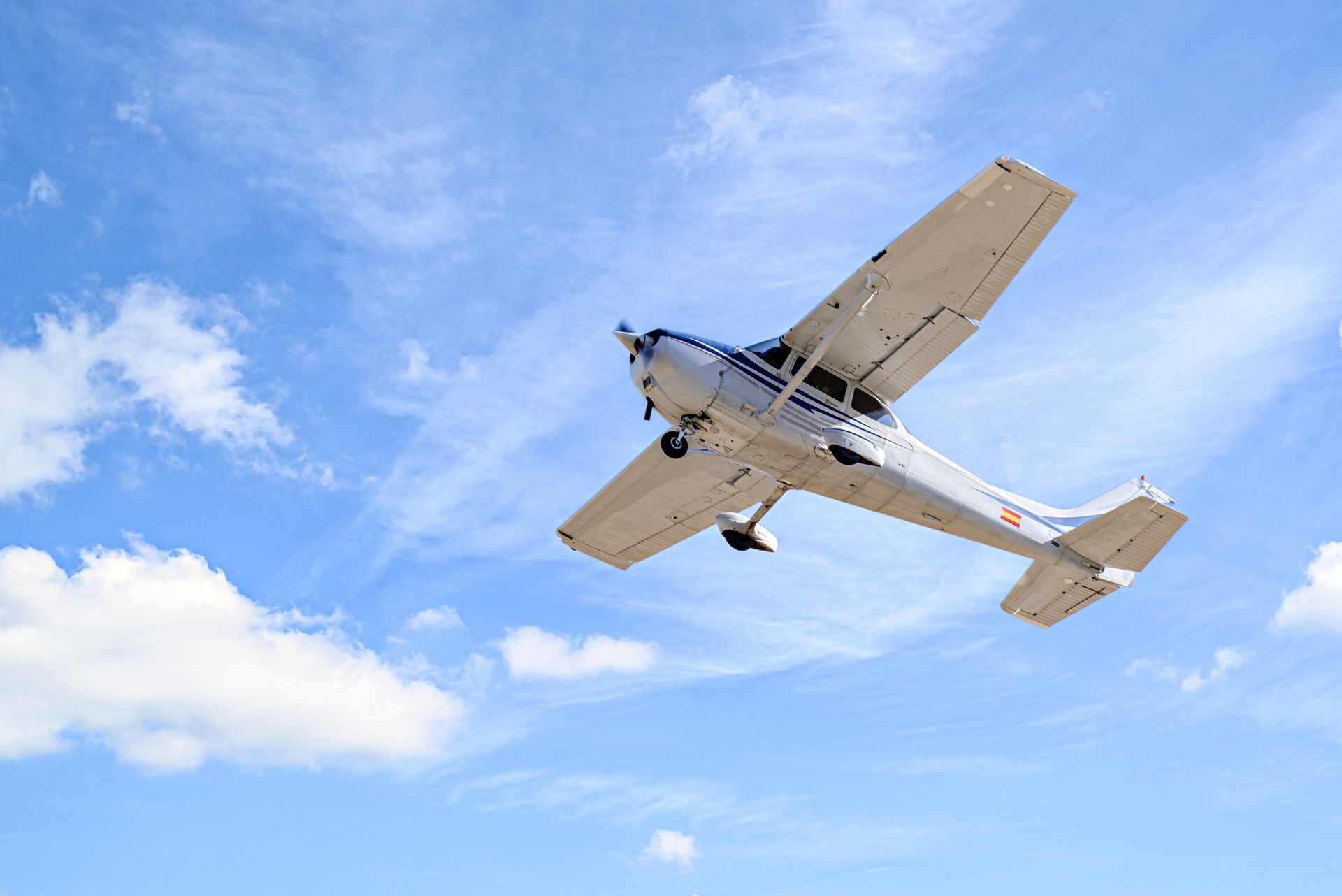Jet A Fuel, Jet A-1 Fuel, and AVGas Cost: Exploring Your Fueling Options
Share this Article:
When you roll into a gas station for your car, there are only a few different types of fuel to choose from, most of them fairly similar. When it comes to aviation fuel however, the choices can become much more complex and critical to get right. Choosing the wrong fuel could be disastrous and incur significant expenses.
Here, we’ll explore the different types of aviation fuel, including which type is best for your application, what the main differences are, and the general aviation fuel costs of each type. These include Jet A Fuel, Jet A-1 Fuel, and AVGas costs.
Aviation Fuel Costs: Determining the Right Fuel for Your Plane
Determining which type of fuel your plane needs is going to be based largely on the type of engine your plane uses. For example, many commercial planes use some type of kerosene-based jet fuel due to its powerful capabilities.
Many smaller private planes, conversely, rely on propeller rotation to generate thrust, and so use a form of aviation gasoline, commonly referred to as AvGas. Within each of those categories of aviation fuel are many other types, covered more in-depth below.
Exploring Your Fueling Options: Types of Aviation Fuel and Gasoline
Generally colorless and heavy, jet fuel is kerosene-based and used for the turbine engines common of jet engines and turboprops.
The three most used types of jet fuel and aviation gasoline are as follows:
Jet A Fuel
Jet Ais designed have a higher flash point and freezing point than standard kerosene. Used primarily in the United States, this fuel’s low freezing point (-40 degrees Celsius) allows it to be used in all types of conditions without performance suffering.
As of April 15, 2021, Jet Fuel A was priced at an average of $4.81 per gallon in the United States. If you multiply that by the typical tank size of a commercial aircraft (3,500 gallons), filling up your plane with Jet A fuel may cost you somewhere around $16,835 in total.
Collectively, the United States uses roughly 17 billion gallons of jet fuel every year , making our total annual aviation fuel costs around $28.9 billion USD. However, those prices fluctuate widely, and are at the lower range of what’s possible. For example, Jet A fuel has been priced at anywhere between $5 and $10 per gallon in recent years.
Jet A-1 Fuel
Jet A-1 is the most used jet fuel outside of the United States and is compatible with most turbine-engine aircrafts. While there are several reasons for the different usage, Jet A-1’s slightly lower freezing point (-47 degrees Celsius) makes it ideal for longer international flights. While prices are also subject to fluctuations, Jet A-1 fuel tends to be slightly less expensive overall.
Typically, Jet A and Jet A-1 fuels are similar enough to be used interchangeably and the best option for your plane may come down to where you are flying to and from, and which type is more readily available.
AvGas
Safer and more stable than jet fuel, AvGas is commonly used by private pilots and flight training schools to power piston engine driven aircraft. While they work much the same as the engine found in your car, the performance demands of aviation engines are naturally much higher, necessitating a higher-octane fuel.
Like jet fuel, there are two commonly used types: 100 and 100LL (low lead). The easiest way to tell the difference on sight is that lead-heavy AvGas 100 is typically dyed green, while AvGas 100LL is usually dyed blue.
Currently, there are more of aircraft using AvGas than jet fuel powered ones, but this does not translate to cheaper prices. In fact, it is usually the most expensive fuel option due to its comparatively more difficult refinement process.
As of the writing of this blog, AvGas was priced at a nationwide average of $5.00 per gallon.
Are Biofuels the Future of Aviation Fueling?
Flight engineers are continually working on improving the technology and fuel economy of our planes as the demand for air travel consistently grows. Currently, there are a few types of more environmentally friendly biofuel options, commonly termed Sustainable Aviation Fuel (SAF).
SAF fuels usually don’t require mechanical changes to the aircraft to be used and deliver lower levels of GHG and particle emissions. Unfortunately, biofuels are still priced much higher than traditional aviation fuel, hindering widespread usage.
First Class Aircraft Service with J.A. Air
If you’re looking for aircraft services and sales, J.A. Air Center has you covered. Our knowledgeable, licensed, factory trained team has earned a reputation for providing superior workmanship with attention to detail and quality.
As one of the most established and well-respected facilities in the world, we are confident in our ability to provide a first-class installation with excellent customer support.
We invite you to contact us today for any of your aircraft acquisition and inspection needs, questions, or if you are looking to have a new avionics system installed. We are excited to work with you and get your plane ready to fly the skies in no time!




